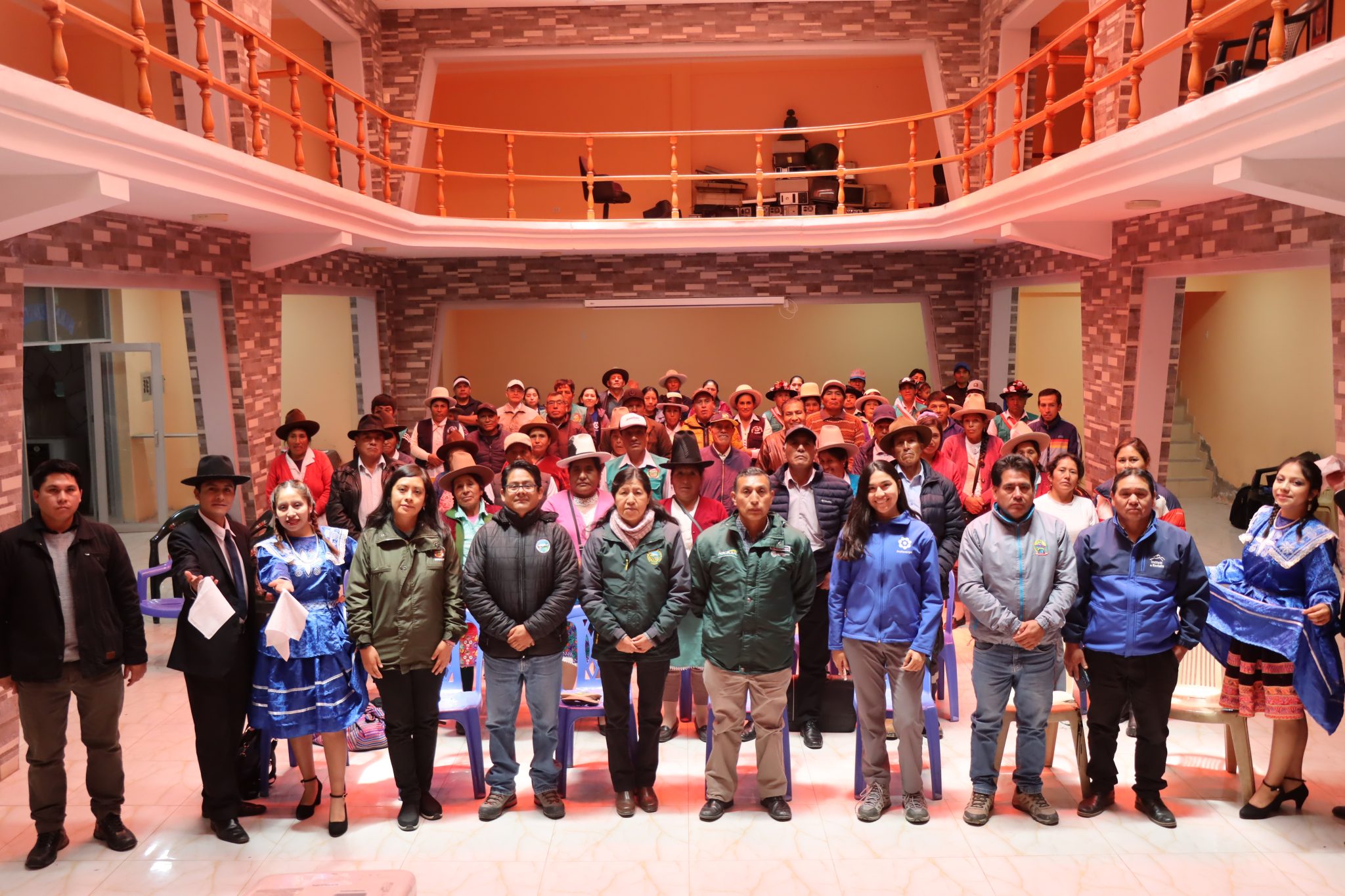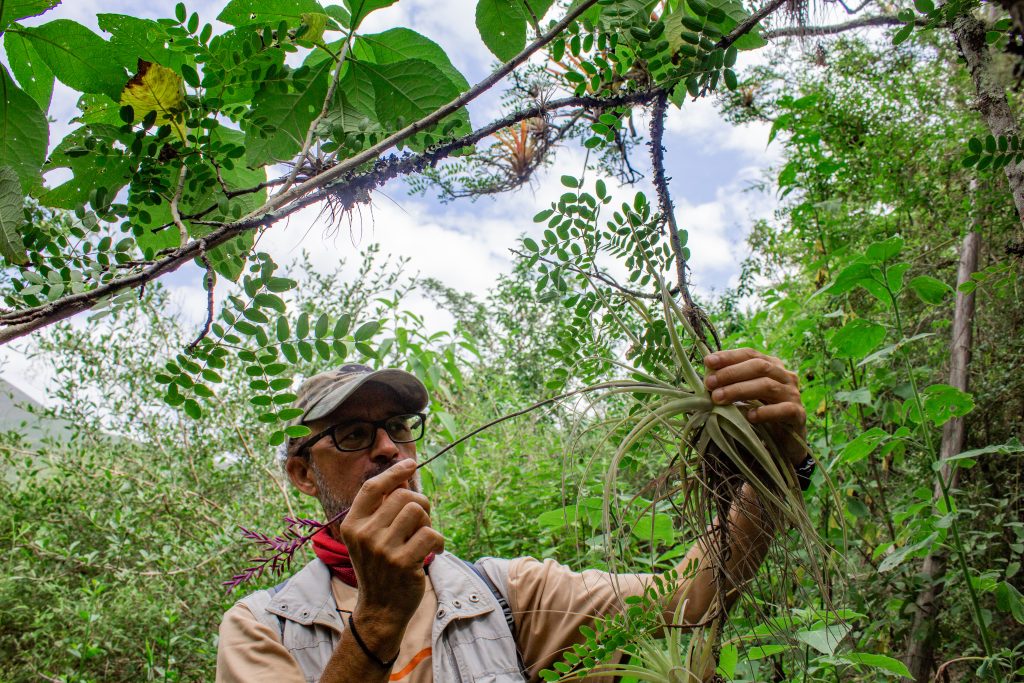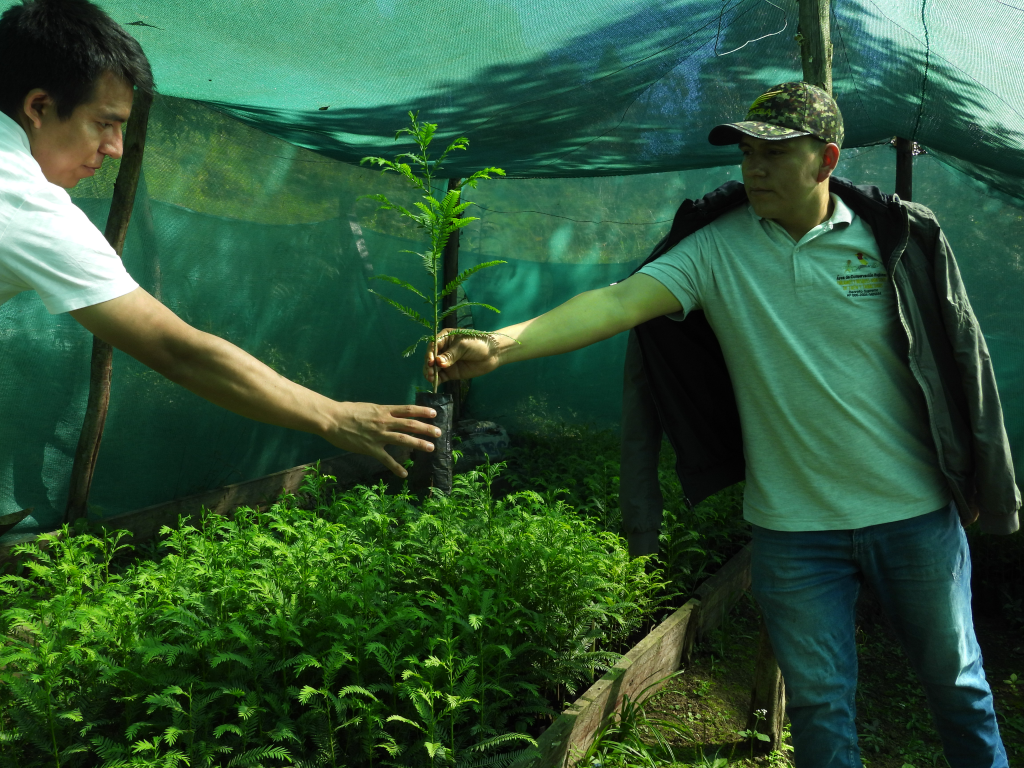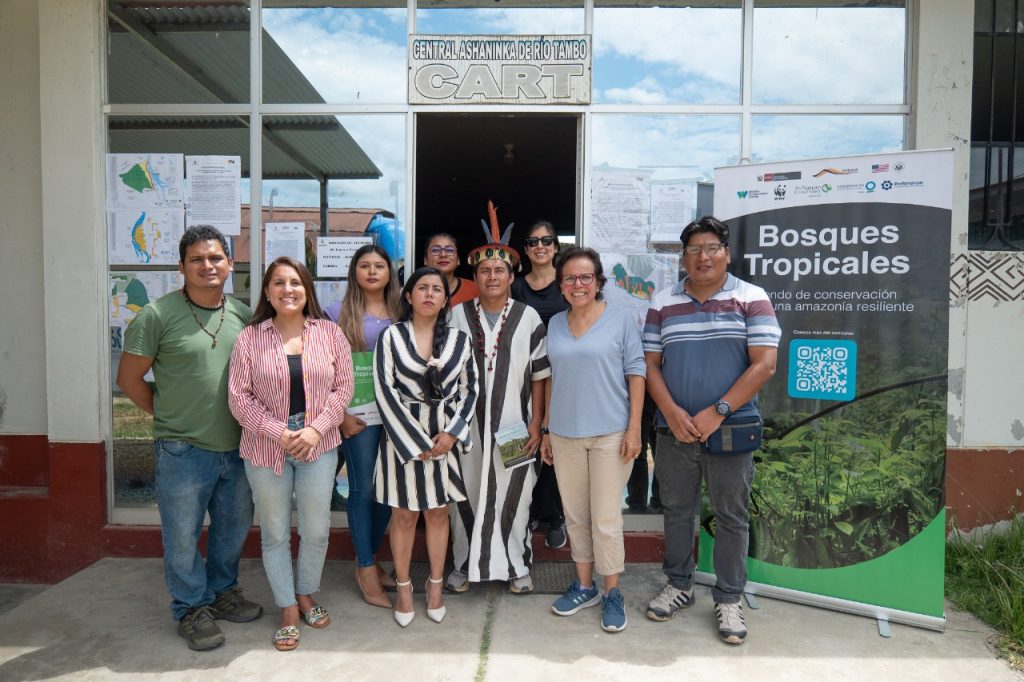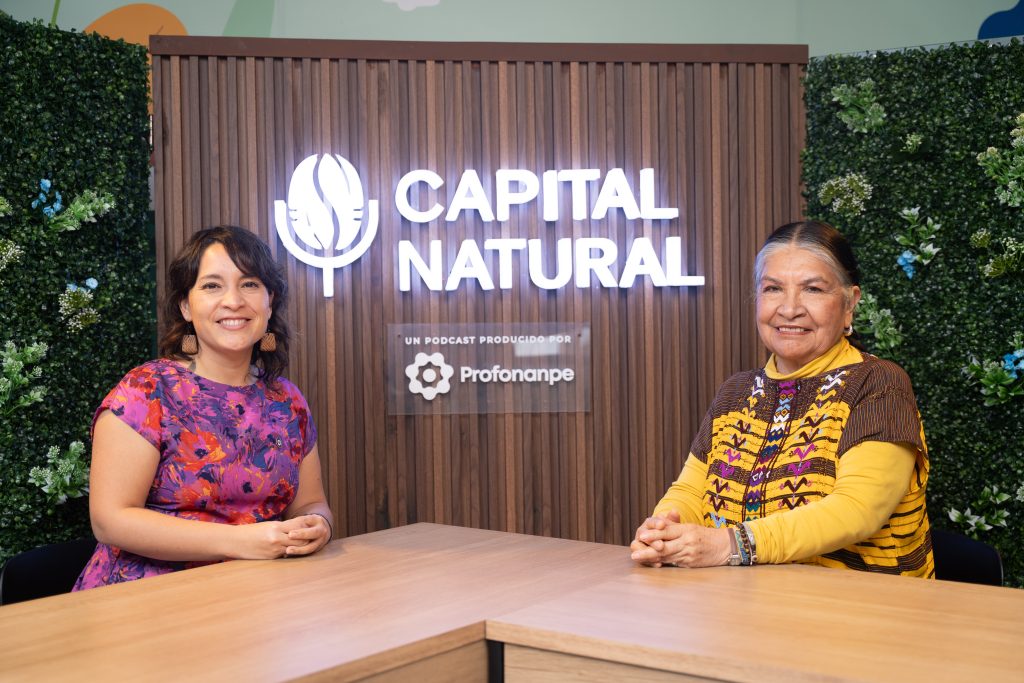The approval of the designated budgets to start executing actions until 2025 took place this Monday, December 18, after the second ordinary session of the Board of Directors, held on November 7 of this year, in which the plan and the supplementary budget 2023 were approved.
By 2025, the main objective of the GOP is to contribute more than 4.9 million hectares with mitigation measures to reduce deforestation in the Peruvian Amazon, with a budget of US$10 million, which has been strategically distributed: 53% of the budget was allocated to regional governments and 23% to indigenous peoples, which facilitates a more effective and focused implementation in the territory, 8% to national sectors and 5% to Profonanpe for the execution of technical activities.
To this end, priority is being given to two components that have a substantial impact on the hectareage goals: effective management of natural protected areas (NPAs) and effective management of regional conservation areas (RCAs).
In the case of PNAs, work will focus on two areas: the effective management of Sierra del Divisor National Park and Yaguas National Park, both located in Ucayali and Loreto, respectively. As for the RCAs, work has been prioritized in those located in Amazonas, Loreto, Huánuco and Ucayali, which contribute 4’985,037 hectares under mitigation measures within the framework of the ICD.
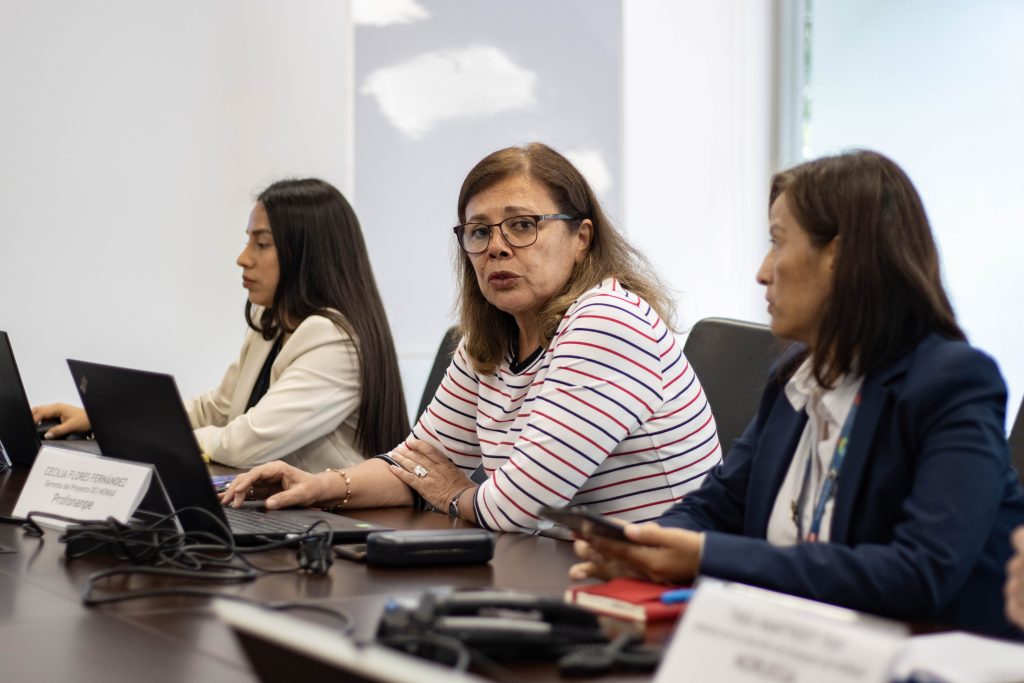
The AOP 2024 establishes the goals and indicators for next year. One of the most relevant points is the allocation of almost US$1 million for agroforestry systems in the departments of Amazonas, Loreto, Huánuco and San Martin. These funds will be used to formalize 680 contracts for the transfer in use, areas or lands that have been agroforestry, and the sustainable management of permanent crops.
Profonanpe’s role within this project is to have been appointed as the entity that will administer and manage the funds of this initiative, with the objective of ensuring that they are used efficiently and effectively to achieve the objectives of reducing deforestation in the Peruvian Amazon.
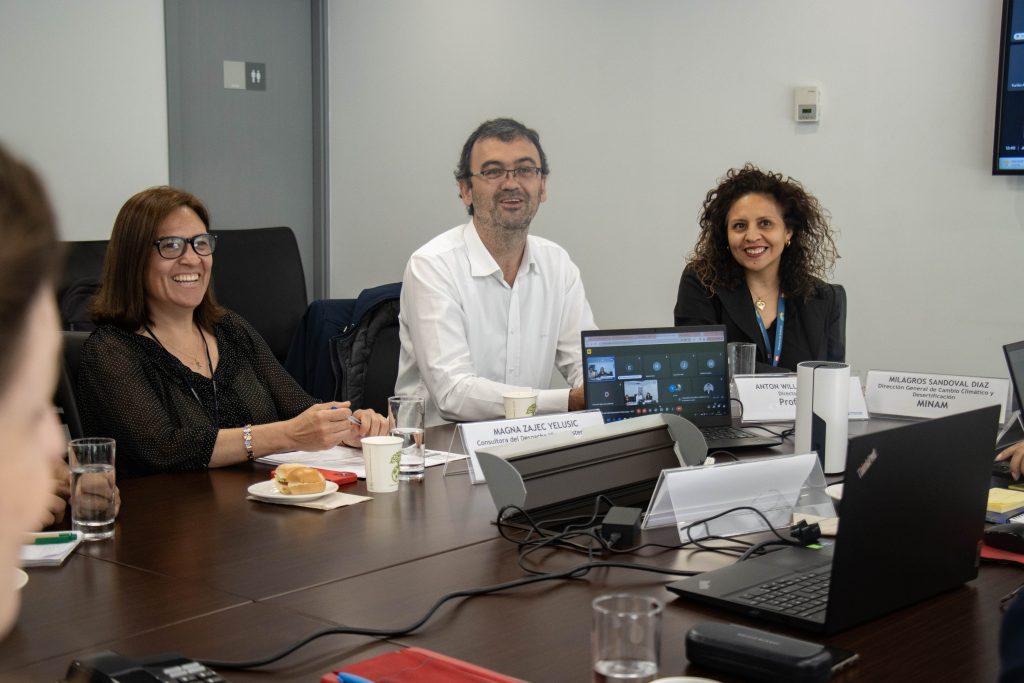
Milagros Sandoval, Director of the General Directorate of Climate Change and Desertification of the Ministry of Environment, highlighted the joint effort of the board of directors for the approval of the documents: “It is important to emphasize that this is the result of a joint effort to prioritize and prioritize the criteria that are important to have agreed upon within the framework of this process. There has been an important effort and work by the organizations representing indigenous peoples to make progress on these issues, and also by the regional governments with which, despite the distances, we have been able to bring a proposal that has been worked on jointly from the outset.”
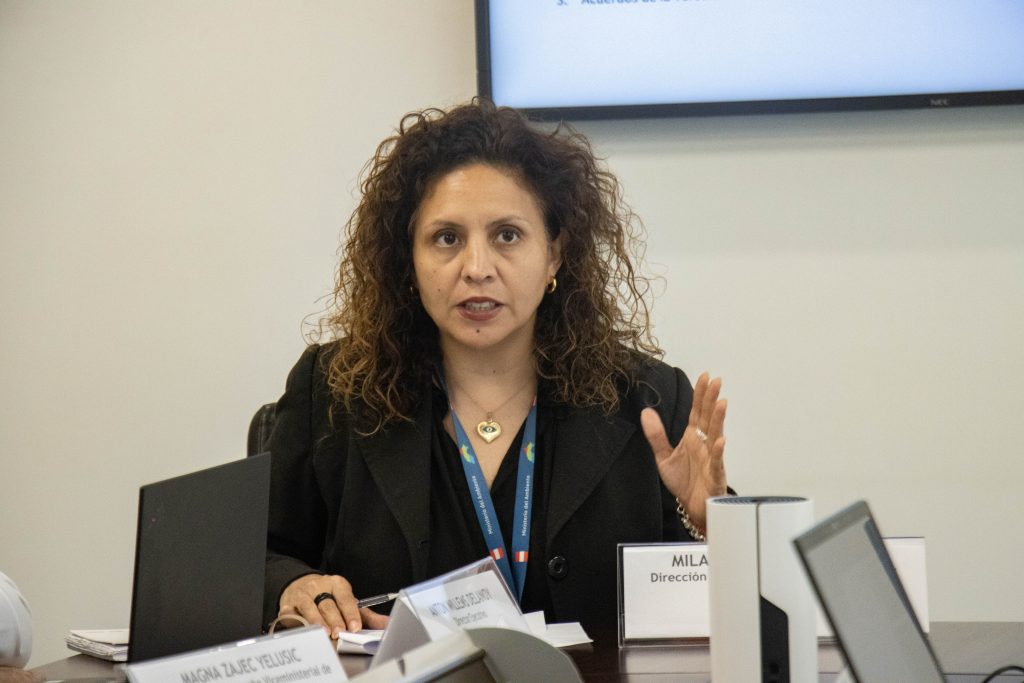
Finally, the Board of Directors expressed their concern about the recent modification of the Forestry and Wildlife Law, which they believe could affect the implementation of the GOP to 2025, and proposed to address these regulatory challenges in future sessions in order to propose alternatives and ensure effective implementation.
About the Joint Statement of Intent (JSI)
In 2014, Peru signed a cooperation agreement with Norway and Germany, called the Joint Statement of Intent (JSI), which was expanded in 2021 to include the United Kingdom and the United States Agency for International Development (USAID), the latter as an observer.
This agreement seeks to mitigate greenhouse gas (GHG) emissions in our country, which are produced as a result of deforestation and degradation of the Amazon forests.
On November 18, 2022, at COP 27, a contribution agreement was signed between Peru, Norway and Profonanpe for the management of USD 10 million to finance the priority actions of the “Implementation Plan for Phase 2 of the ICD Update 2021-2025”, which has a total cost of approximately USD 50 million.



